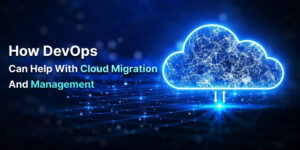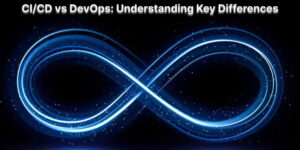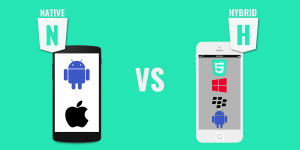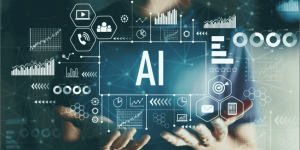
In the world of IT operations, AIOps and Observability are usually presented as different approaches. This informative guide explains what these two terms mean, how they differ, where they overlap, and which one is better to help you find the right tools for your business’s digital setup.
Technology is growing more complicated with each passing day in this digital age. When applications grow and users expect more, IT operations need to maintain seamless operations by using hybrid infrastructures. In this area, AIOps (Artificial Intelligence for IT Operations) and Observability have become popular. However, there is a dilemma that many IT experts, DevOps, and enterprises face: Should they prioritize AIOps or Observability tools? Or do they need both?
Superficially, both aim to make systems more reliable and efficient. Even though they look similar, they are used for different things and follow their own methods. The main difference between AIOps and Observability is that AIOps uses AI to act quickly, while Observability looks for comprehensive and detailed information. To make good investment decisions, you should know the differences between the two and how they work or oppose each other.
What Is AIOps?
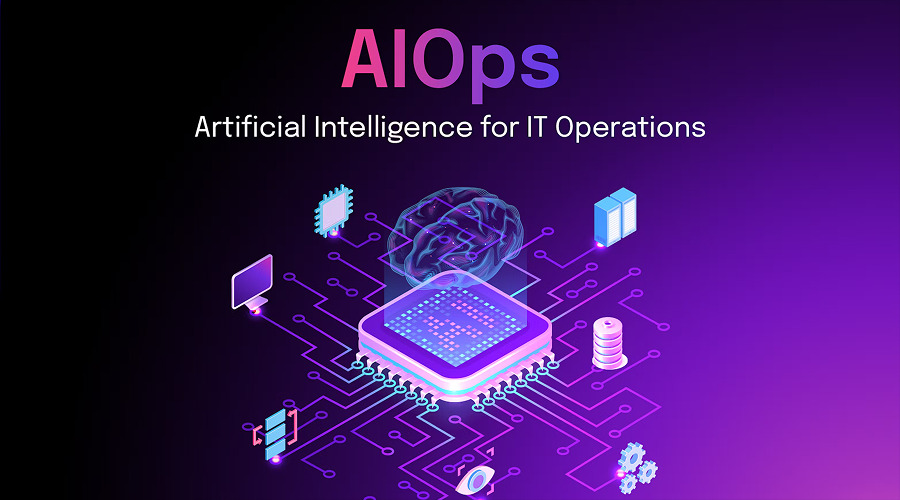
Artificial Intelligence for IT Operations is what AIOps means. It makes use of machine learning, big data, and analytics for better handling and automation of IT operations tasks. Gartner came up with the term to highlight the shift in IT operations that involves more than traditional monitoring and log analysis.
Key Features of AIOps:
Automation of Incident Management: AIOps tools find unusual activities, match alerts, and automatically address problems without any human help.
- Pattern Recognition: Machine Learning models find patterns in data to predict what might happen next.
- Data Ingestion from Multiple Sources: Logs, metrics, and events from the whole infrastructure are gathered by AIOps tools.
- Root Cause Analysis (RCA): AIOps allows you to quickly see the source of problems because it connects different kinds of data.
- Self-Healing Systems: AIOps allows for scripts to be launched, services to be restarted, and traffic to be directed somewhere else when it detects issues.
Benefits of AIOps:
Artificial intelligence can lead to faster detection and resolution of technical issues.
1. Introducing efficiency for IT team members.
2. An increase in operational efficiency due to automation.
3. Quick feedback for making faster choices.
4. Adaptation to demanding systems.
What Is Observability?
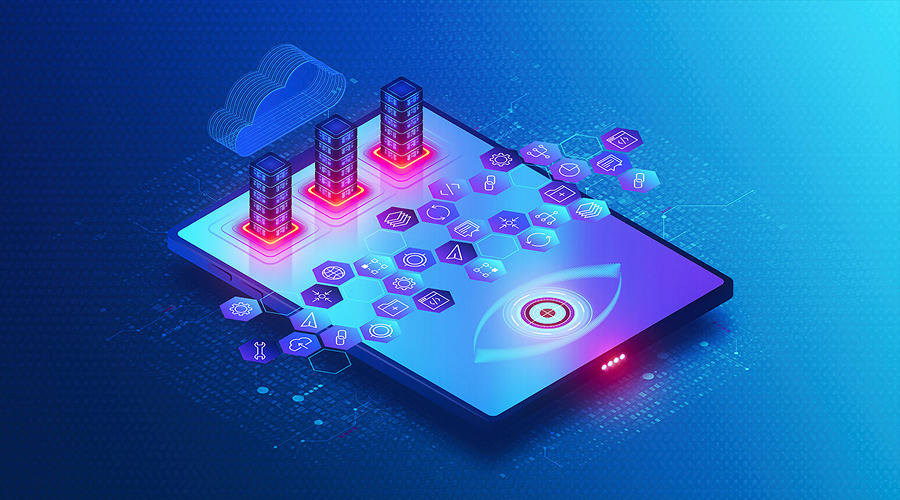
Observability refers to checking the internal state of a system by inspecting the logs, metrics, and traces that show internal information. It is based on control theory and is frequently related to monitoring distributed systems and microservices.
Key Features of Observability:
- Three Pillars: System performance and mistakes can be easily detected and explained with Logs, Metrics, and Traces.
- Root Cause Diagnosis: Such tools make it possible to dig deep into how a system is functioning and behaving.
- Context-Rich Telemetry: Gives engineers ways to follow the chain of events that led to the problem.
- Manual and Visual Inspection: Gives analysts the ability to manually view data through dashboards and visuals.
- Integration with DevOps and CI/CD: Because of observability, you can easily test, monitor, and make your applications stronger.
Benefits of Observability:
1. Finding and fixing errors more effectively
2. Better insight into what the system is doing
3. Better teamwork between the teams responsible for coding and deployment
4. More rapid discovery of problems on live servers
5. Allows for early improvements in how work is performed
AIOps vs. Observability: Core Differences
| Feature | AIOps | Observability |
|---|---|---|
| Pupose | Automate and enhance IT operations using AI | Understand system behavior through telemetry |
| Technology | AI, ML, big data analytics | Logs, metrics, traces |
| Focus | Automation and prediction | Insight and diagnostics |
| Outcome | Reduced manual work, proactive resolution | Informed human decisions, better debugging |
| Human Involvement | Minimal (AI-driven) | High (engineer-driven) |
| Tool Example | Moogsoft, BigPanda, Dynatrace | Grafana, Prometheus, New Relic, Datadog |
| Use | Large-scale, dynamic IT environments | Complex microservices, cloud-native apps |
Where AIOps and Observability Overlap?
Even though the two have their objectives and methods, AIOps and Observability often work together. Here is a closer look at the specifications they have in common:
1. Data Dependency on Logs, Metrics, and Events
Both AIOps and Observability use logging, metrics, and trace data mainly as their starting point. It supports our ability to see what happens inside a system. Observability tools gather, illustrate, and study these metrics to give immediate insights. AIOps uses data, helps further analysis with machine learning, and automatically deals with issues.
2. Enhanced Root Cause Analysis
Doing a root cause analysis (RCA) helps you decrease downtime and maintain reliable services. With observability, engineers are able to investigate data themselves and spot what has caused an issue. This task becomes much quicker with AIOps since it can quickly link incidents in several systems and reduce the possible causes with the help of earlier results. This lets RCA function with greater speed and higher accuracy.
3. Noise Reduction and Alert Optimization
Often, monitoring in complex systems means handling large numbers of alerts, from hundreds to thousands. Through observability, one can easily see what information needs to be monitored and tracked. Thanks to AI, AIOps analyzes multiple alerts at the same time, figures out which ones are incorrect, and prioritizes the important ones. Because of this overlap, teams can prioritize and avoid getting overwhelmed by many alarms.
4. Proactive Incident Management
Observability helps us spot issues early by observing performance problems such as spikes in response time, memory leaks, and strange traffic. AIOps detects issues as well, but also provides predictions about future issues, making them more noticeable. Their integration supports taking actions before incidents arise.
5. Improved DevOps and SRE Efficiency
To perform well, DevOps and SRE (Site Reliability Engineering) teams depend on AIOps and Observability. The role of observability is in speeding up deployments and real-time debugging, whereas AIOps helps avoid manual tasks by automating them. This combination leads to greater productivity, saves time, and allows teams to deliver efficiently with fewer bugs.
Use Cases for AIOps
- Automated Anomaly Detection: Find any signs of abnormal traffic or usage and take quick action to resolve them.
- Incident Management Automation: Sort alerts automatically, move pressing issues to the top, and create helpdesk support requests.
- Capacity Planning: You can use AI to identify future needs and make infrastructure resources work better.
- Predictive Maintenance: Forecast when the system’s function will decrease to avoid failures.
- Security Threat Detection: Look for unusual data entries that could be a sign of an intrusion.
Use Cases for Observability
- Debugging in Production: Find out which specific service or feature is resulting in errors.
- Performance Tuning: Look at factors slowing down the application with trace data and improve the APIs or calls to the database.
- CI/CD Pipeline Monitoring: Could you check how new code deployments through the CI/CD Pipeline influence the application’s performance?
- Microservices Architecture Monitoring: Keep track of how microservices interact with one another.
- Compliance and Auditing: Allow teams to access all details of the system during audit processes.
Which One Is Better?
There isn’t one clear option because what works best varies from place to place. Let’s explain in terms of what you want to accomplish:
Choose AIOps if:
1. You deal with the maintenance and upkeep of major infrastructure as it gets updated regularly.
2. You are experiencing alert fatigue and are looking for ways to reduce the work your team does.
3. You want to handle IT operations with automation, such as semi-automatic or automatic controls.
4. You require staff to have insights in advance and fix things without delay.
Choose Observability if:
1. You spend time checking the code step by step and reviewing it carefully.
2. You are responsible for managing sets of interconnected components (e.g., microservices).
3. DevOps and SRE roles in your organization are well-equipped technically.
4. You want developers to have information about the production environment.
Can You Use Both Together?
Absolutely. Both AIOps and Observability have the most impact when they are combined. Observability gives you the full information and context to understand a situation, and AIOps performs the necessary actions without human intervention. Most AIOps platforms grab observability information to train their ML algorithms.
First, create an Observability base and then add AIOps to support automation and handling big data requirements. A tool for Observability, such as Datadog or Prometheus, can be connected to an AIOps solution like Moogsoft, so it can spot anomalies and automate the process of dealing with them.
Future Trends for AIOps and Observability
- Convergence of AIOps and Observability: A growing number of platforms are blending the two for user convenience.
- AI-Augmented Observability: The use of AI will help observability tools advise on possible fixes.
- Edge and IoT Monitoring: Over time, AIOps and Observability will be able to process data coming from sensors.
- Cost Optimization: In the future, these tools will handle issues while also making cloud costs more affordable.
Conclusion
In conclusion, both AIOps and Observability identify different needs, and the solution depends on what your organization currently requires and aims to achieve in the future. Because of its automation, predictive features, and automated problem-solving, AIOps is a strong solution for companies with large infrastructures. In contrast, observability provides teams with understanding, guidance, and explanation, crucial during debugging and when designing systems in complicated environments.

